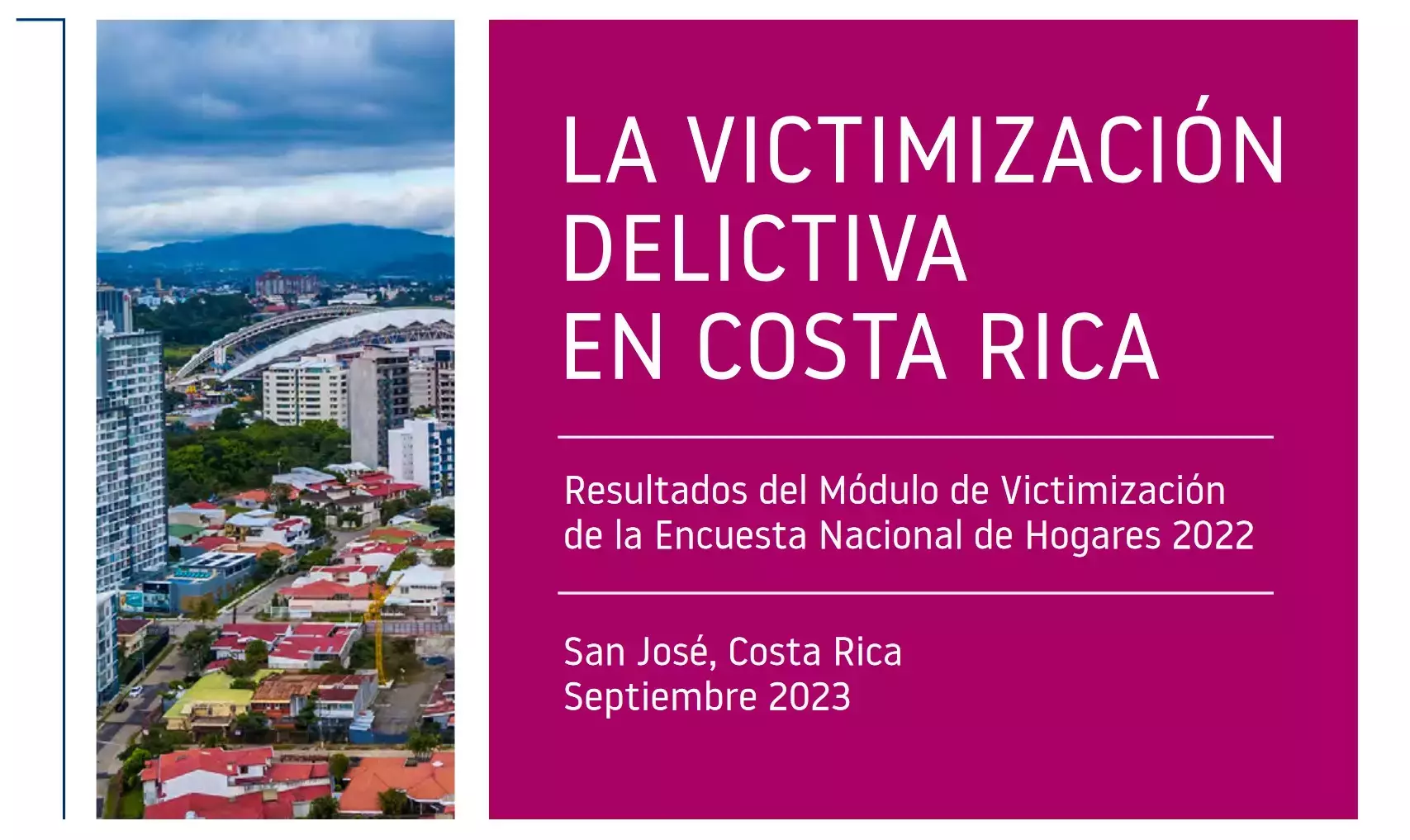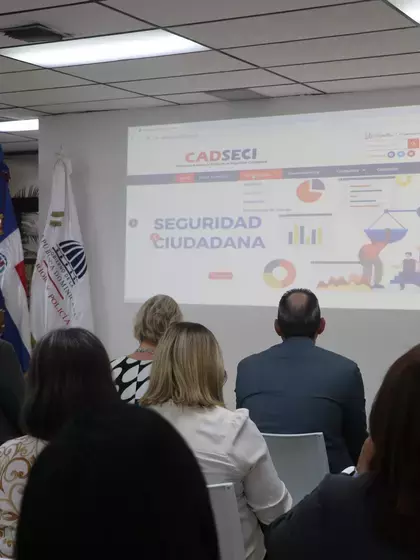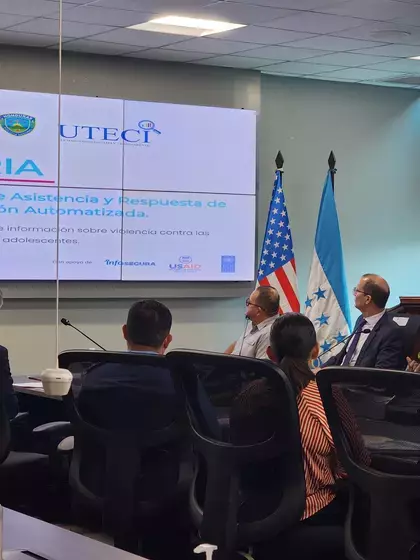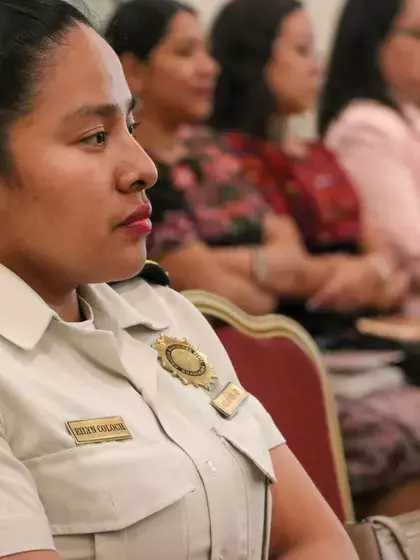Criminal Victimization by Electronic Means on the Rise in Costa Rica

The United Nations Development Programme (UNDP), through the InfoSegura project executed in partnership with la United States Agency for International Development (USAID), and with the Inter-Institutional Technical Commission for Statistics on Coexistence and Citizen Security (COMESCO) presented the results of the Victimization Module included in the National Household Survey (ENAHO) 2022, administered by the National Statistics and Census Institute (INEC).
The module measures household victimization and provides valid objective statistical information on the state of crime and insecurity in the population and the extent to which this type of situation is reported to the authorities.
The study population interviewed for the 2022 ENAHO survey covered all inhabited dwellings and the permanent residents therein. The sample comprised 13,440 households distributed across the country. In the last household survey, the general response rate was 82.5 per cent. The fieldwork was carried out from 04 July to 05 August 2022 simultaneously across the entire country. All surveys were applied in person.
Some aspects of the current module had been modified in 2021. These adjustments mean that in certain cases, comparison between the 2022 module and previous versions is impossible.
Report results
The report offers a summary of the main results of the victimization module in the 2022 National Household Survey and other administrative data provided by official sources to help explain the state of citizen security in Costa Rica. The main results in the victimization module show that out of every 100 homes in Costa Rica, close to 21 were victims of property crime and crimes against people between July 2021 and June 2022. Some 81.4 per cent of all victimized homes (356,469 homes) were in an urban area. The Central Region accounted for 72.2 per cent of all households affected at the national level.
It should also be noted that 30.7 per cent of victimized households were in the fifth quintile, while 14 per cent were in the first. This study also found that the primary types of criminal victimization that affected the greatest percentage of households in Costa Rica were attempted electronic robbery or fraud involving money or assets (8.8%), effective electronic robbery or fraud of money or assets (3.5%) and burglary (3.3%).
According to UNDP Resident Representative José Vicente Troya, "Costa Rica has the statistical capacity and resources for characterizing criminal violence, like the Victimization Report, a valuable tool that informs policy with precision-targeting of the territories, persons and demographic populations that are most affected by violence." In addition, he added, “a historical survey of victimization enables us to recognize the trends and new challenges to take pre-emptive action against the most serious manifestations of crime and violence.”
Likewise, COMESCO President María Ruiz Flores said, “At COMESCO we have been working together with the other member institutions in order to obtain the results of this module, to measure current incidents of victimization in the country, which is the fundamental basis for implementing public policy for violence prevention. The main objective is also to strengthen civil society in its capacity to collect, analyse and process citizen security information and citizen security policies and monitoring programmes; and to support knowledge management to understand the root causes of violence and insecurity.”
This article was originally published on the UNDP Costa Rica website.





